Gov. Spotswood established them near Germanna, where a 1714 colony of Germans indentured for 4 years was already located in a fort. Here for 8 years the Second Germanna Colony worked for Spotswood and his partners as indentured servants. They primarily worked in naval stores projects and in vineyards. Michael Wilhoit came on the second boat. This period is described as one of the greatest hardships. These two groups of German immigrants became guardians of the frontier in Virginia. The site was about fifteen miles beyond the western extent of English civilization so Gov. Spotswood obtained approval from the Virginia Council to build a fort from the public funds for the Germans. The official explanation was that the Germans were to be the guardians of the frontier to protect the English from the Indians. As with many of Spotswood's actions, it is hard to distinguish between the public policy which he was helping to formulate and his personal interests in laborers for the mine he was invested in. Most of the available large land tracts were all in the Piedmont to the west where there were no settlements and no roads but there were Indians. This was the best available land in the period from 1710 to 1720. This land had never been patented to private owners by the Crown and it was available relatively cheaply. Once a private individual took up the land, he had to make improvements and to settle a certain number of people. The western lands could be raided easily by the Indians which would discourage settlers. No one wanted to be first and risk his own safety. Spotswood saw that the answer was to have a large number of people settle an area at the same time. Doing this, their safety would be provided by their large numbers and they would provide the number of settlers to make a valid claim to a large tract. The first group of Germans indentured for 4 years established the fort, farmed and guarded the frontier for 2 years until the legal title to precious metals was clarified. During their second 2 years, they attempted to locate silver ores, worked with quarrying, and then mined the iron ores which they had discovered.
In 1724 they seem to have attempted to escape from this bondage but Col. Spotswood sued them and compelled most of them to serve another year, so that they labored eight years to gain their freedom. The name "Germanna", selected by Lt. Governor Alexander Spotswood, reflected both the German immigrants who sailed across the Atlantic to Virginia and the British Queen, Anne, who was in power at the time of the first settlement at Germanna. Though she was to die only months after the Germans arrived, her name continues to be a part of the area. Perhaps the naming of the fort as Germanna was a subtle appeal to Queen Anne who was favorably inclined toward Germans.
WillhiteWeb.com
Wilheit/Wilhoit/Wilhite History
In the spring of 1717, twenty German Lutheran families numbering about 80 persons secured passage to come to America. These Germans left Germany to escape religious persecution. They were from the Palatinate, Baden and Württemberg areas of Germany. They were all industrious, productive farmers, but they could never own any land. All the land belonged to royalty and to the wealthy, reflecting the rigid caste system of the time. From London, a ship lead by Captain Tarbett was to take them to Pennsylvania. Captain Andrew Tarbett had learned that the Lt. Governor of Virginia, Alexander Spotswood wanted a whole shipload of Germans. In London, an agent for Virginia obligated Spotswood to pay the balance even though Spotswood himself knew nothing of the agreement. This agent knew Spotswood was looking for labor to work in projected silver mines. So instead of taking them to the planned destination of Pennsylvania, the captain took them to Virginia on the ship Scott where he sold them as servants to Spotswood and his partners. The captain claimed that they had not paid their passage money, which claim may have been partly true owing to the fact that the voyage had taken much more than the usual time. The captain of the ship refused to allow the families to land until the Lt. Governor of Virginia (Spotswood) gave him the amount demanded. Governor Spotswood did secure an agreement with the Germans to a contract which they apparently did not fully understand. The Germans agreed to pay off their transportation costs by working to pay for the balance.
Years 1717 to 1725
Germanna (Site 1) Spotsylvania, Virginia
The site of Germanna now is mostly open fields with pockets of second-growth timber. The Germanna Site was listed on the National Register of Historic Places in 1978. Traces of the terraces of Spotswood's mansion are still discernible. The Germanna Foundation owns land on the original Germanna peninsula, on the Germanna Highway, State Route 3, near the site of the original Fort Germanna, once the westernmost outpost of colonial Virginia. The Germanna Foundation operates a Visitor Center on that land. The Foundation also owns a nearby 18th century mansion, Salubria, once the home of Governor Spotswood's widow. The Foundation maintains a research library, a memorial garden, and plans interpretive walking trails to various historic and archaeological sites. In addition, the Foundation publishes histories and genealogical books, a newsletter, offers educational programs at an Annual Historical Conference and Reunion and to the community, and offers group travel to Germany geared to the origin of the Germanna families. The Germanna Association is composed of descendants who advise the Foundation.
Germanna Preservation Today
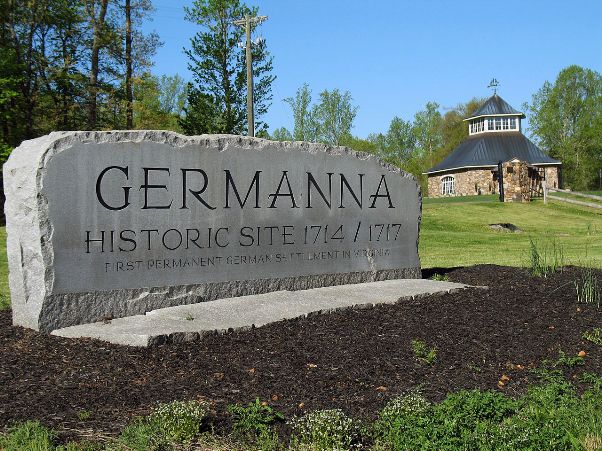
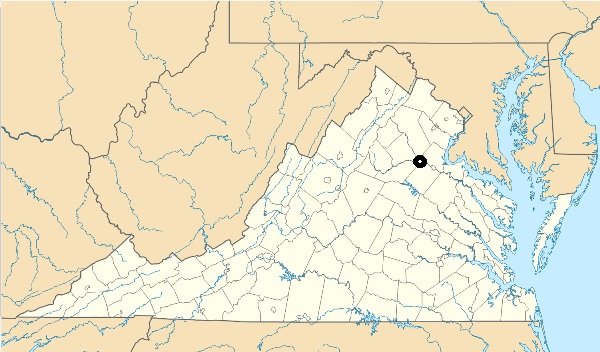
Getting to America
Location of Germanna
Michael married in Germany in 1710 and came to America with a wife and kids when he was 47 years old. It is a bit unclear but his wife was likely Mary Margaret Blankenbaker. His wife’s family also came to America in the same group during 1717. After their 8 years working in Spotswood/Germanna, the families left with the others to the Robinson River Valley (Site B).
Johann Michael Wilheit/Wilhoit
Birth: 1670 Schwaigern, Heilbronn, Baden-Wuerttemberg, Germany
Death: June 26, 1746 Madison, Virginia (Site 2)
At just 9 years of age, Tobias Wilhoit came with his parents to America. He was the oldest son of Michael and a youth during the time the colony was indentured servants here at Jermanna. The colony moved when he was 20 years old to Site 2 and he was likely still living with his parents.
Tobias Wilhoit
Birth: July 15 1708 in Schwaigern, Heilbronn, Baden-Wuerttemberg, Germany
Death: May 20, 1762 in Madison, Virginia (Site 2)
THE FIRST TWO
Baptism of Michael Wilhoit on January 25th 1671 in Schwaigern, Wurttemburg, Deutschland, Germany.
Taufe (Baptism)
Mannlich (Male)
Parents are Michael and Anna Maria
This page was last updated in Auguest of 2023, many images from the 2023 Germanna Gathering
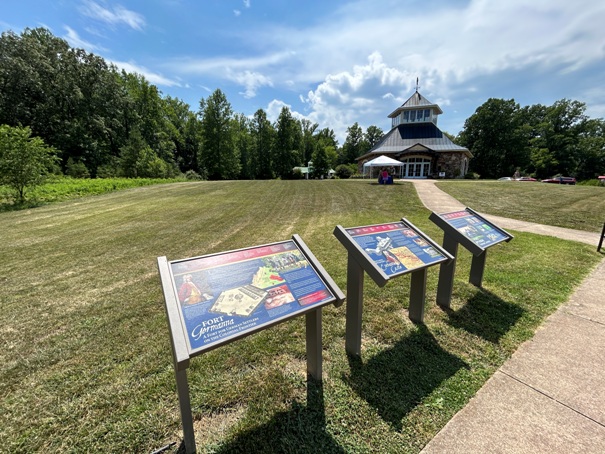
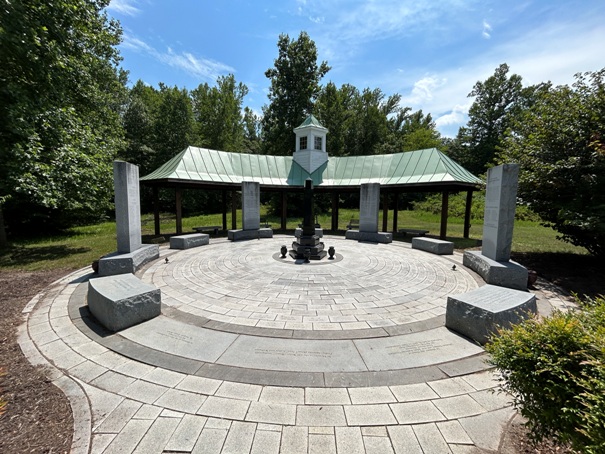
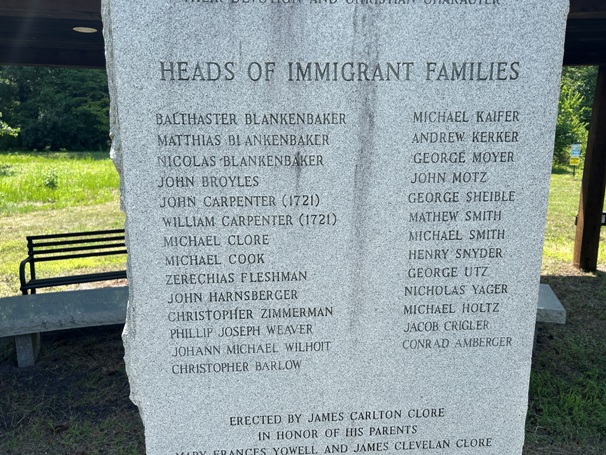
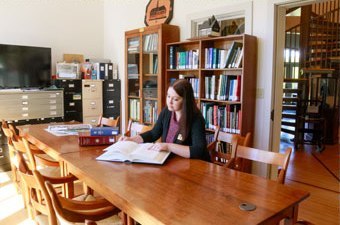
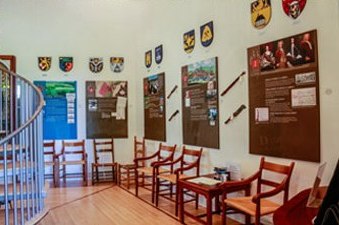
Archaeological Dig
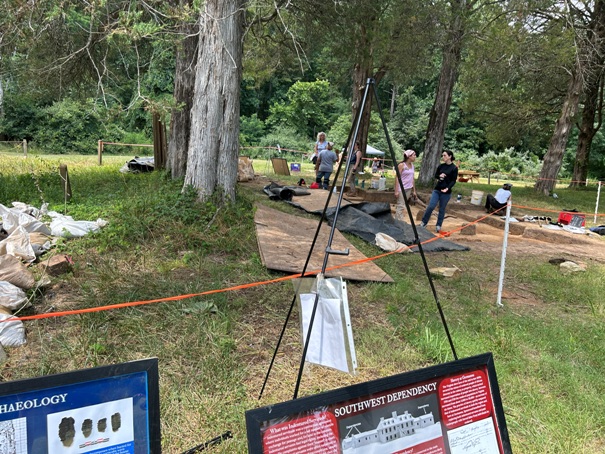
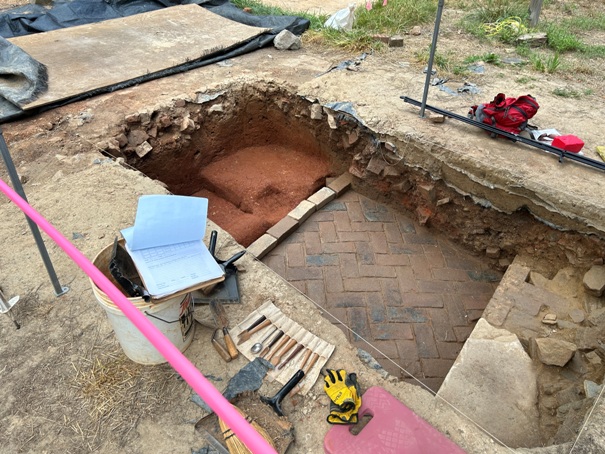
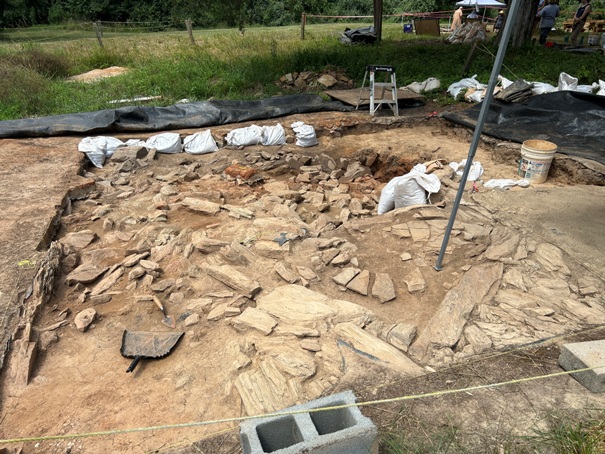
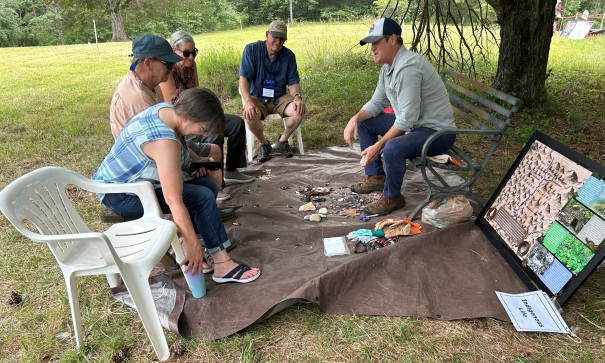
Johann Michael Wilhoit is second from bottom in first row
Monuments and family names
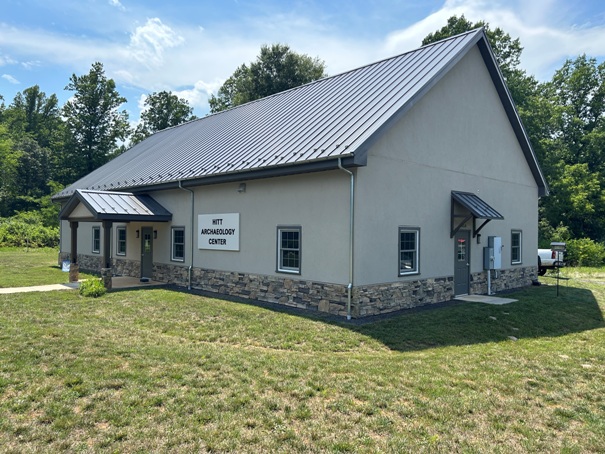
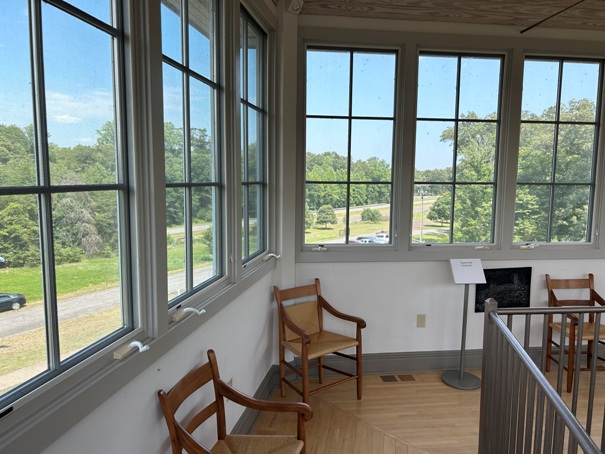
Brick work of a back padio to the mansion
I went up into the cupola
Hitt Archaeology Center
I happened to visit in 2023 during an open event to come and see the dig site and meet the archaeologists. There is a gathering in Germanna every year.
Research room
Interpretive Displays
Some contributions to the library:
A History Of The Wilhoit Family Of Central North Carolina 1700s to 1990s
John Willhoite: His Descendants In Kentucky And Elsewhere
Solomon Wilhoit And His Descendants
The Nine Gohman Girls
The Wilhites And Associated Families
Wilhite From Germany To Virginia And Beyond
Wilhite-Wilhoit 1825-1982
Pioneers Of The Prairie












